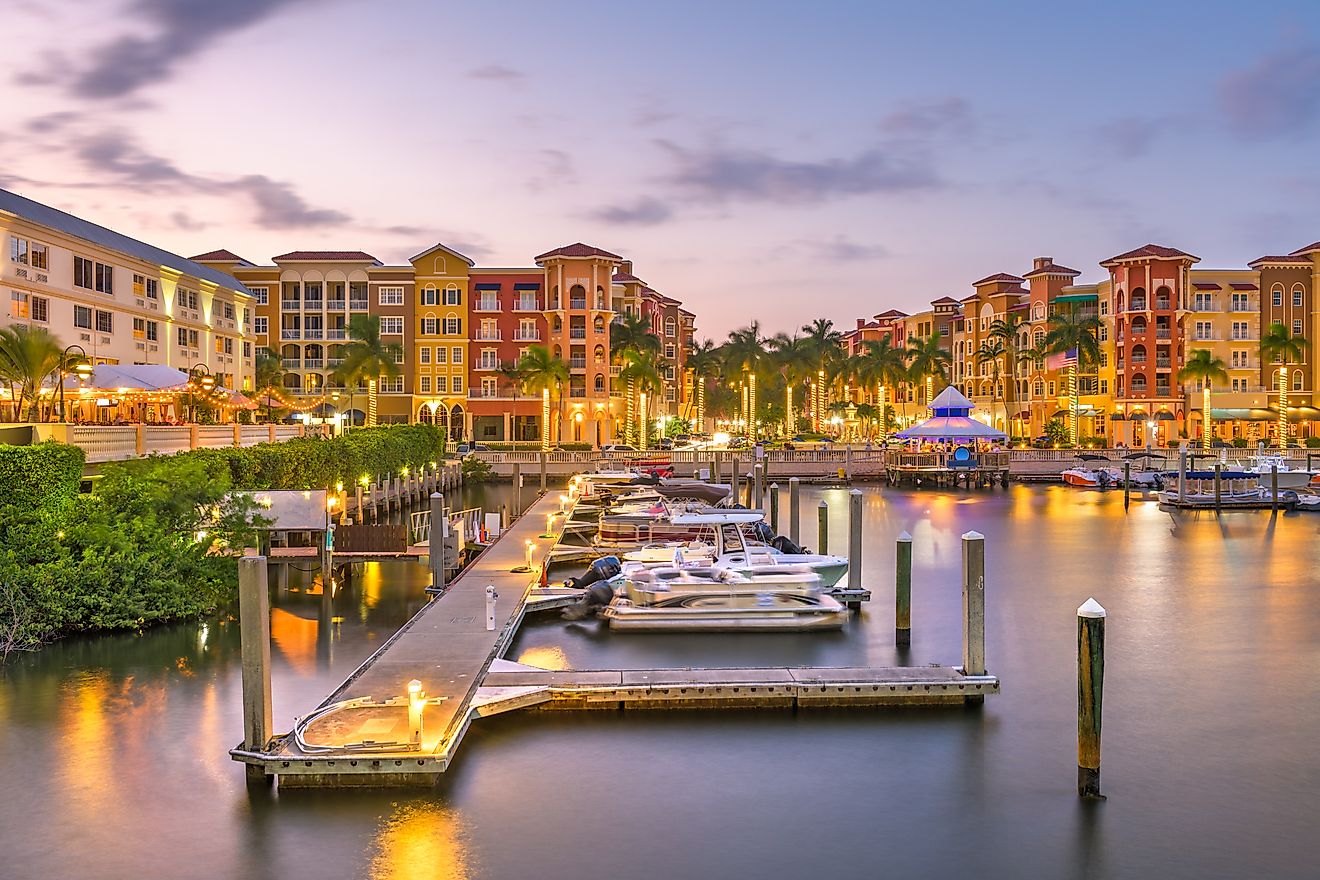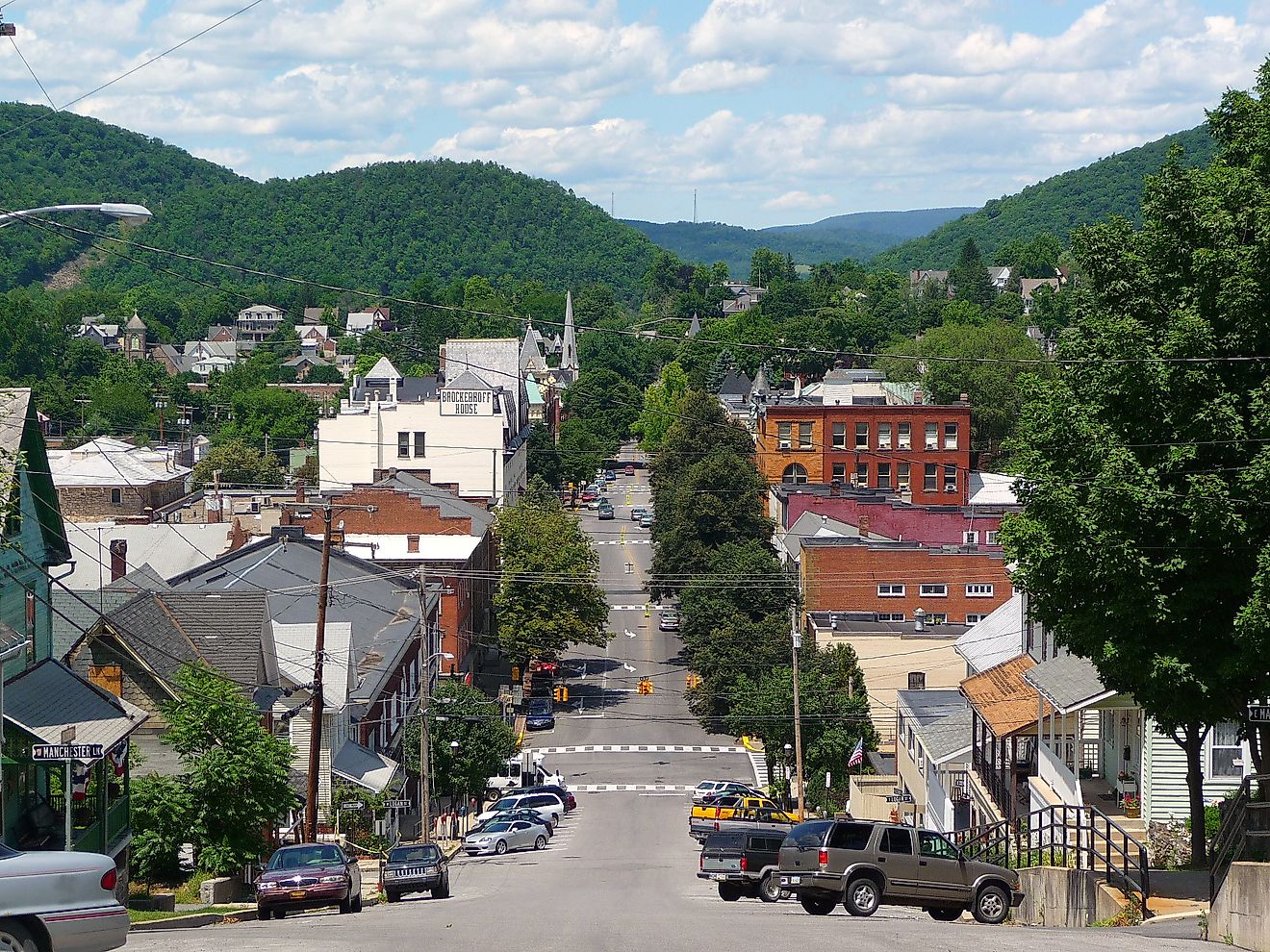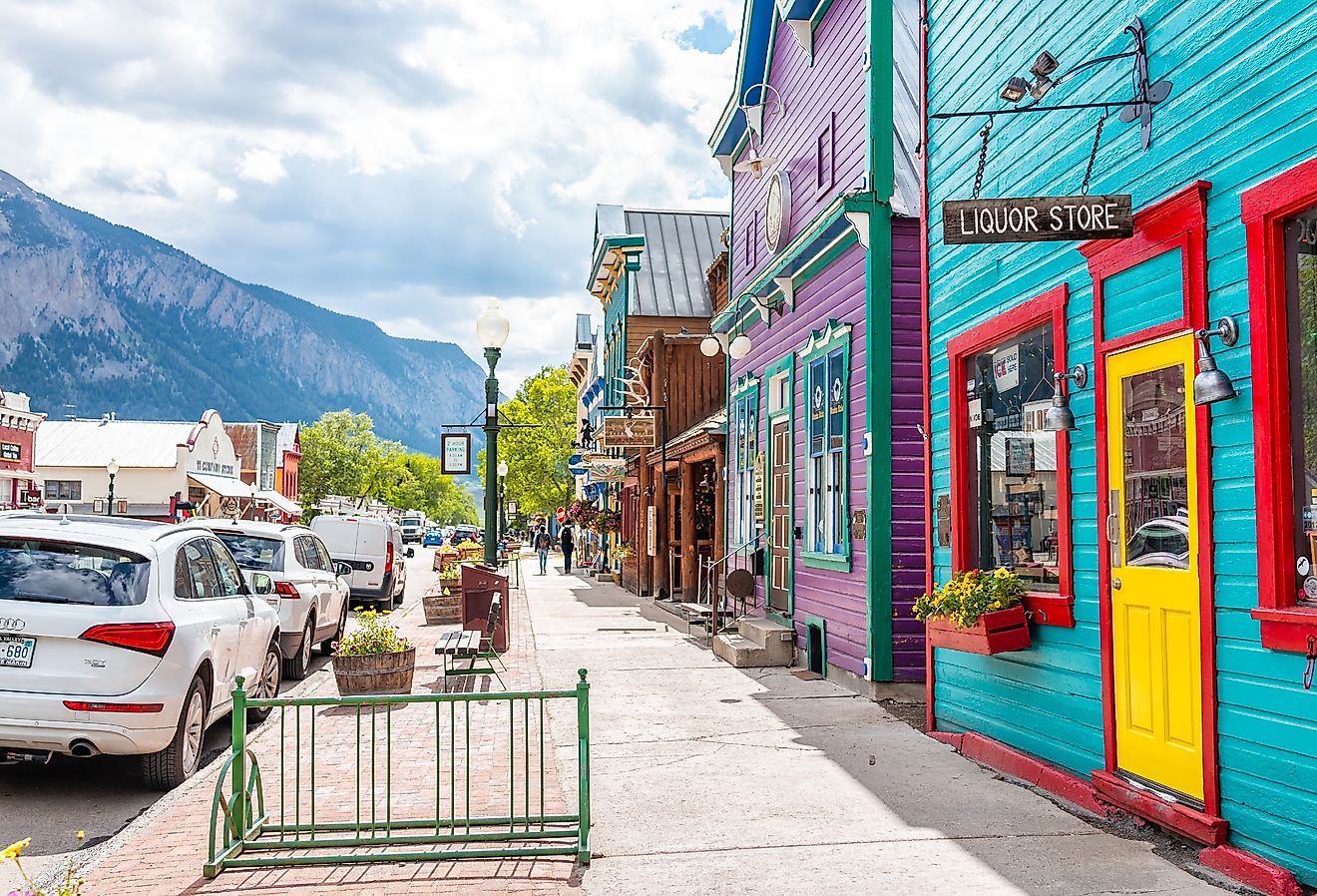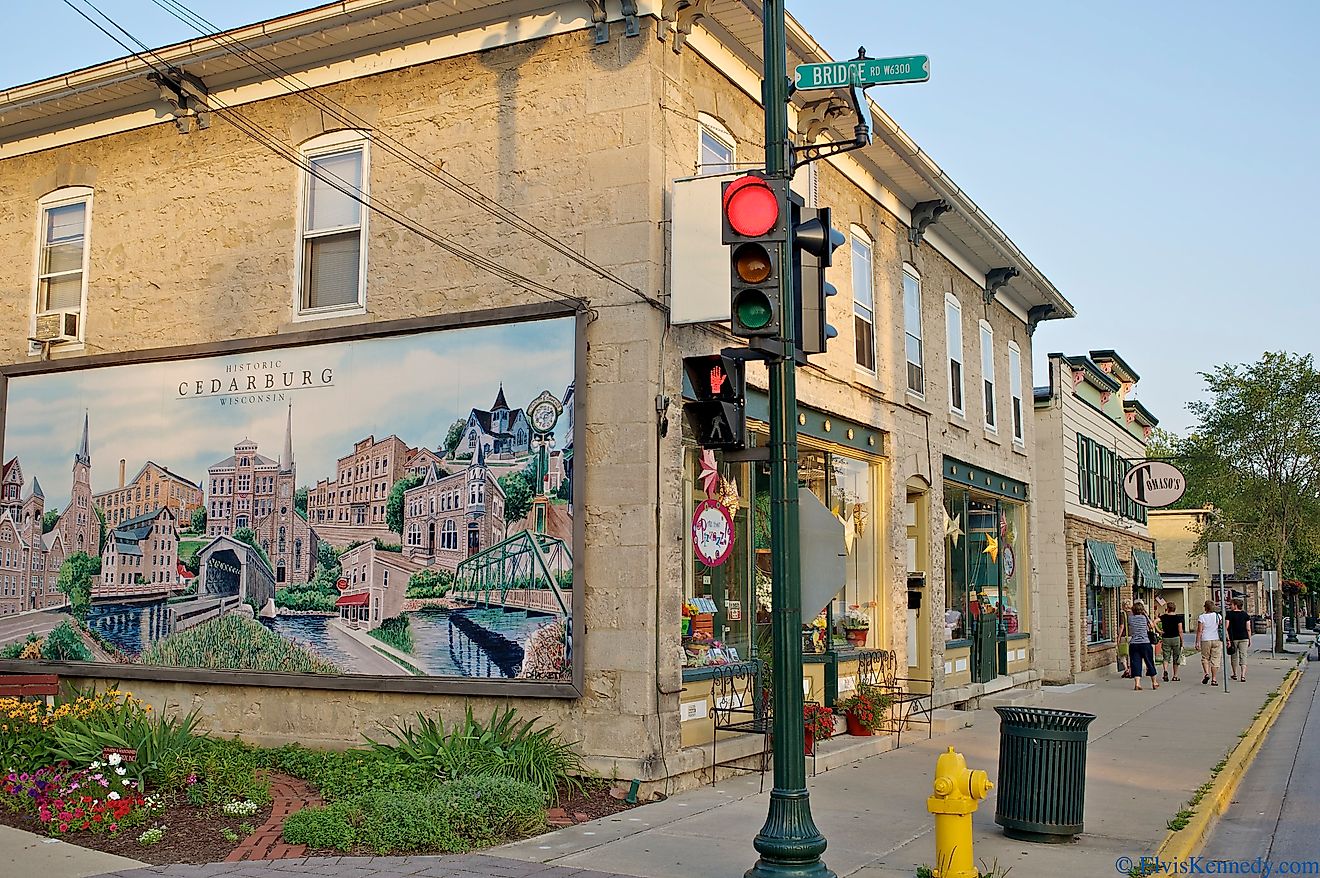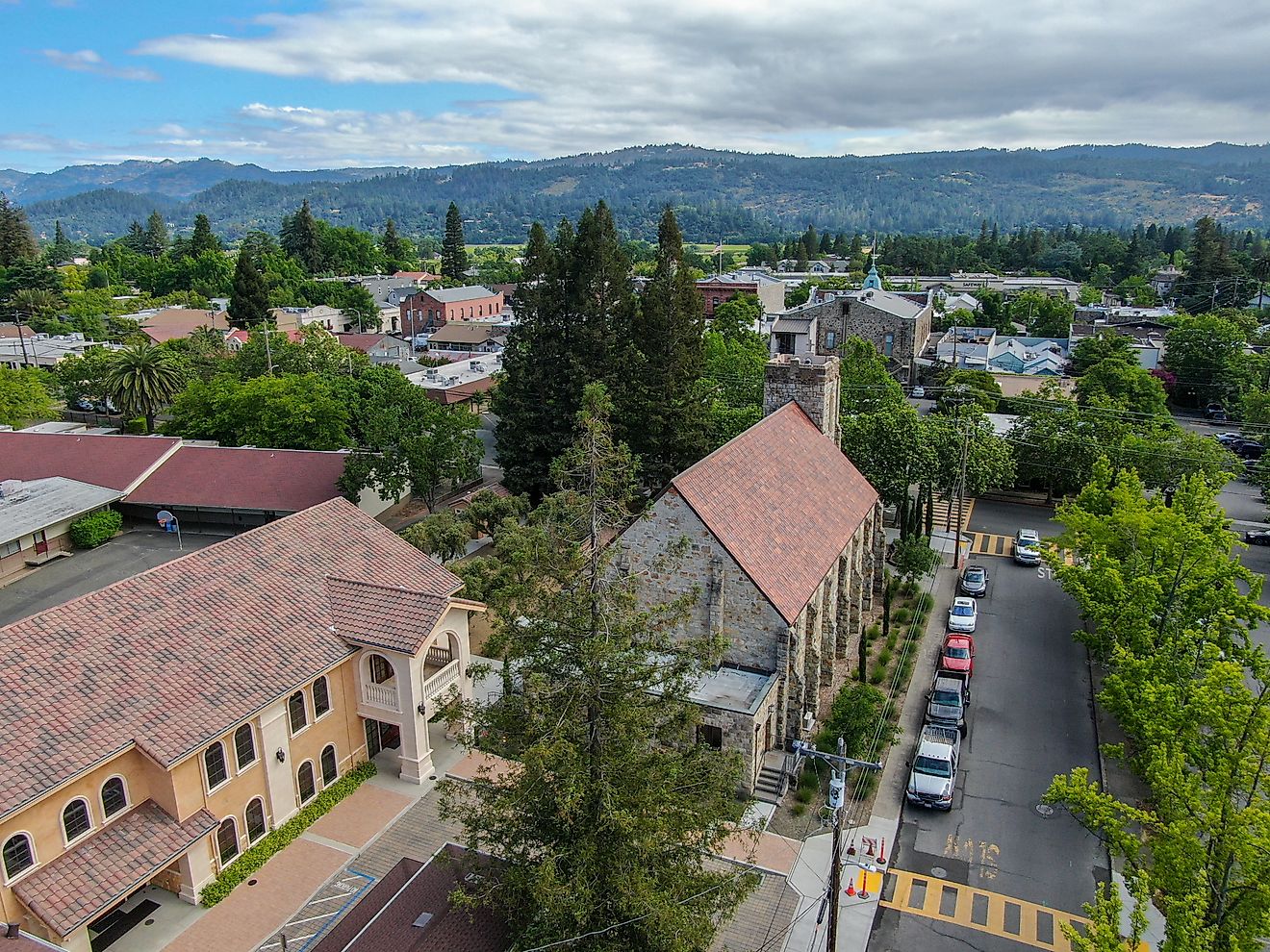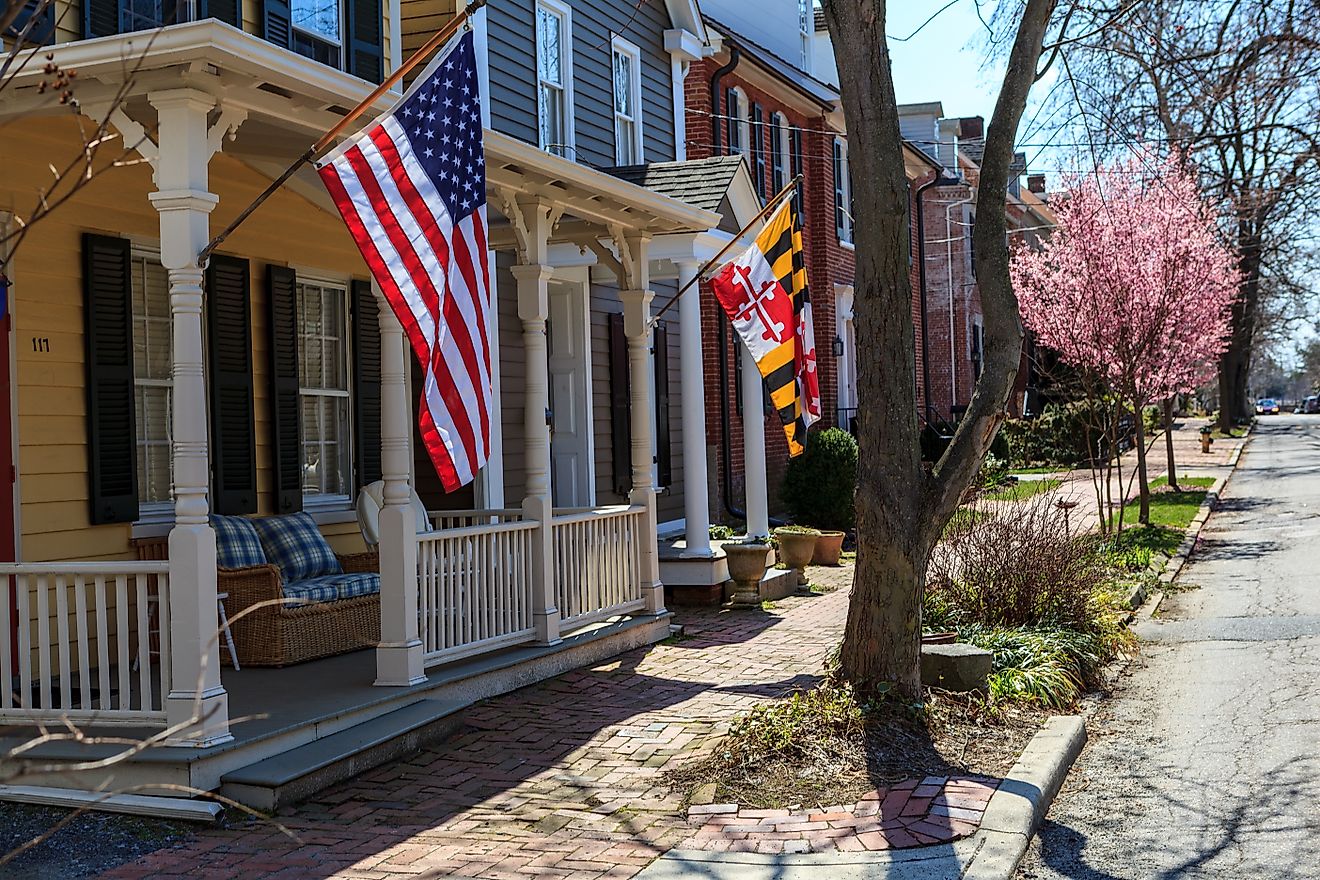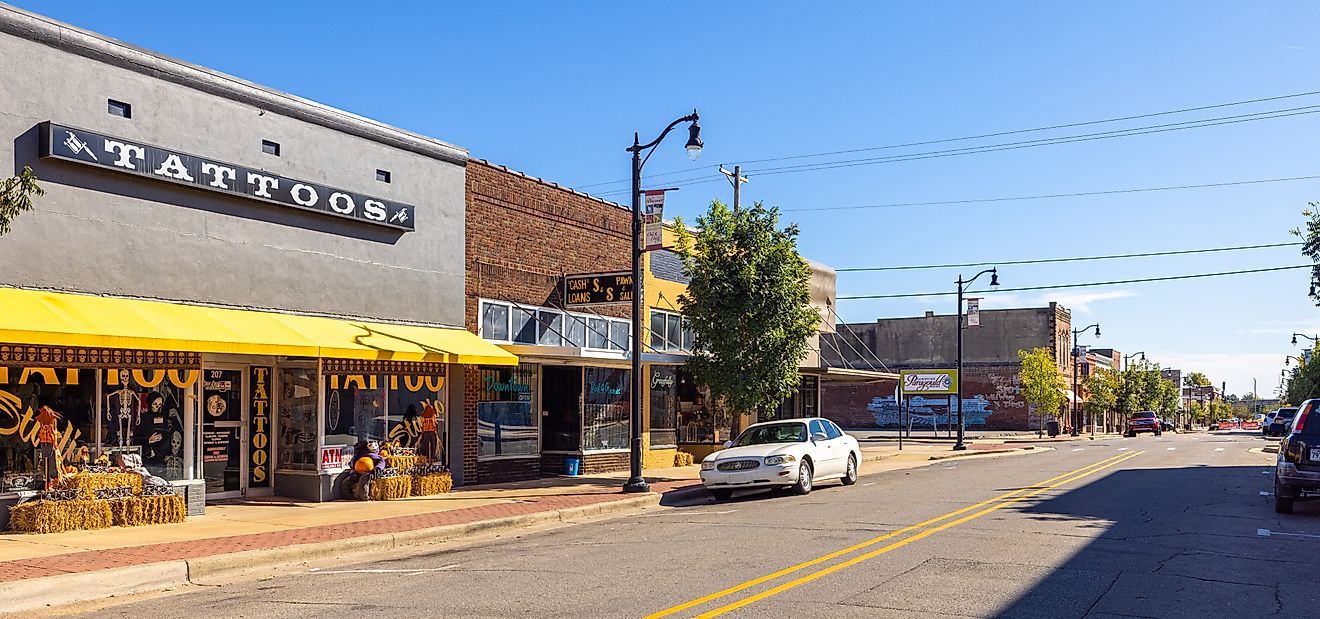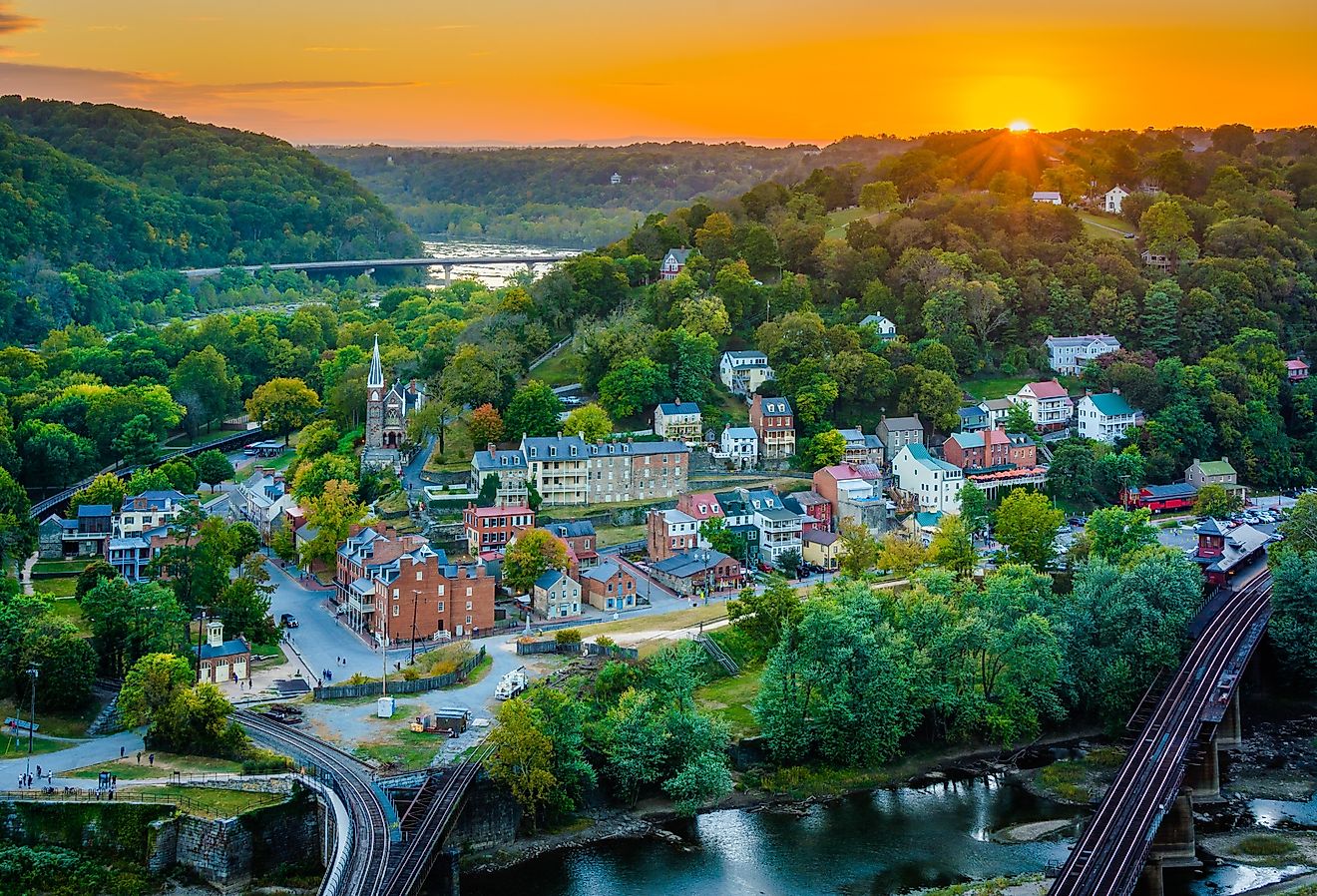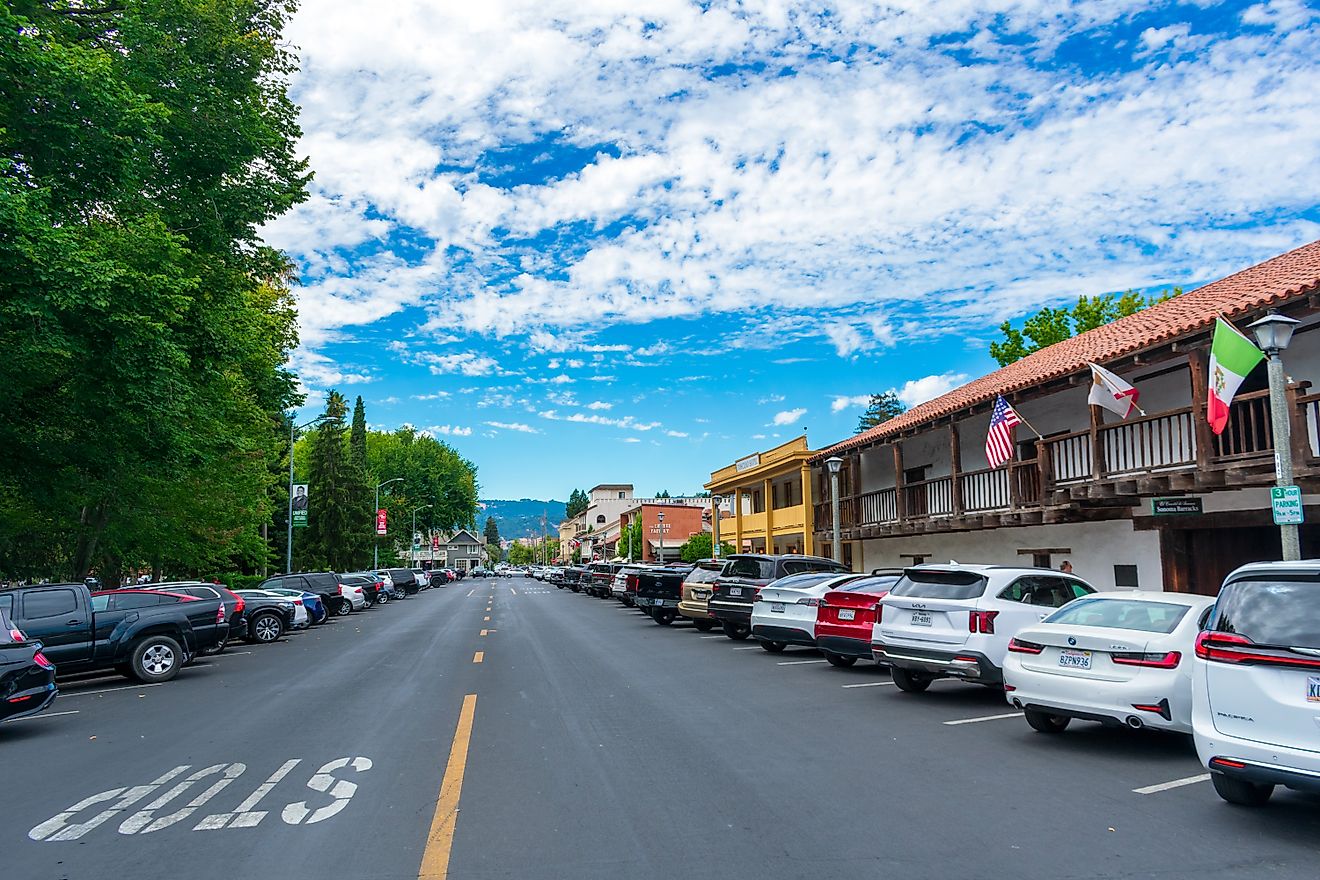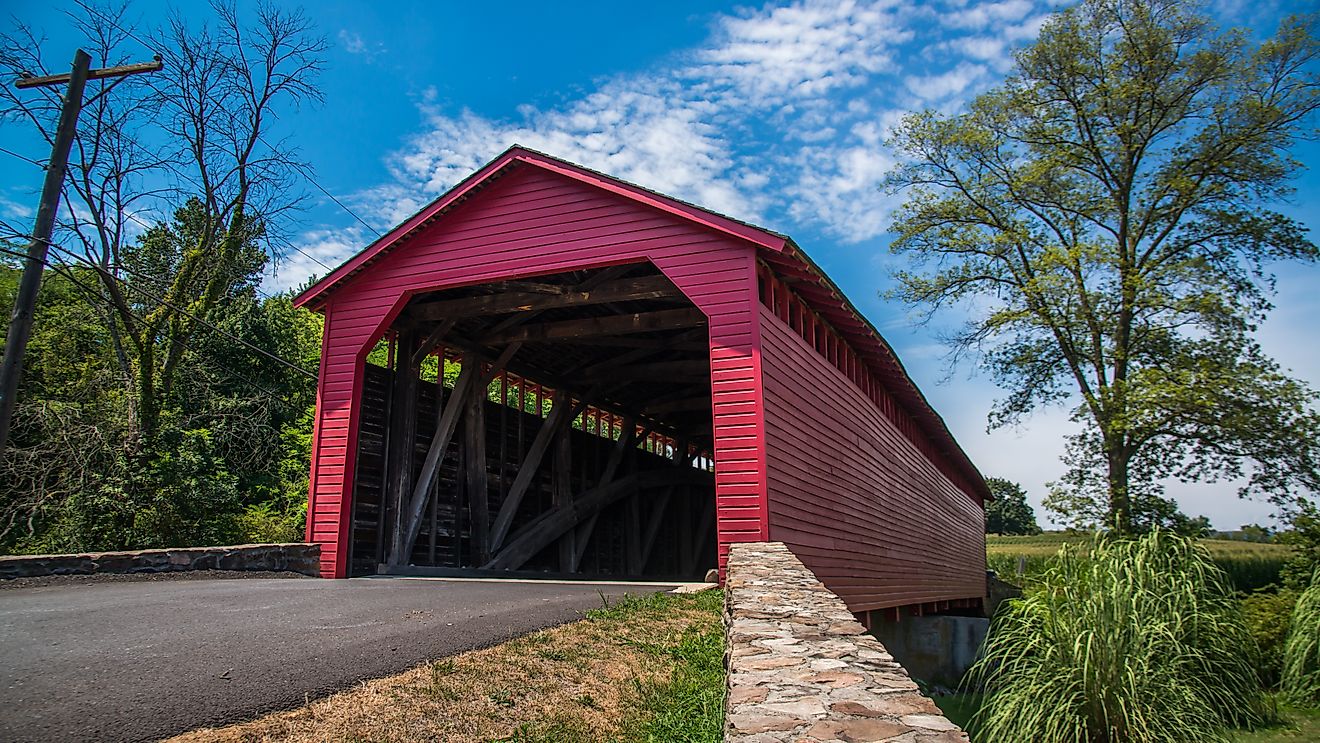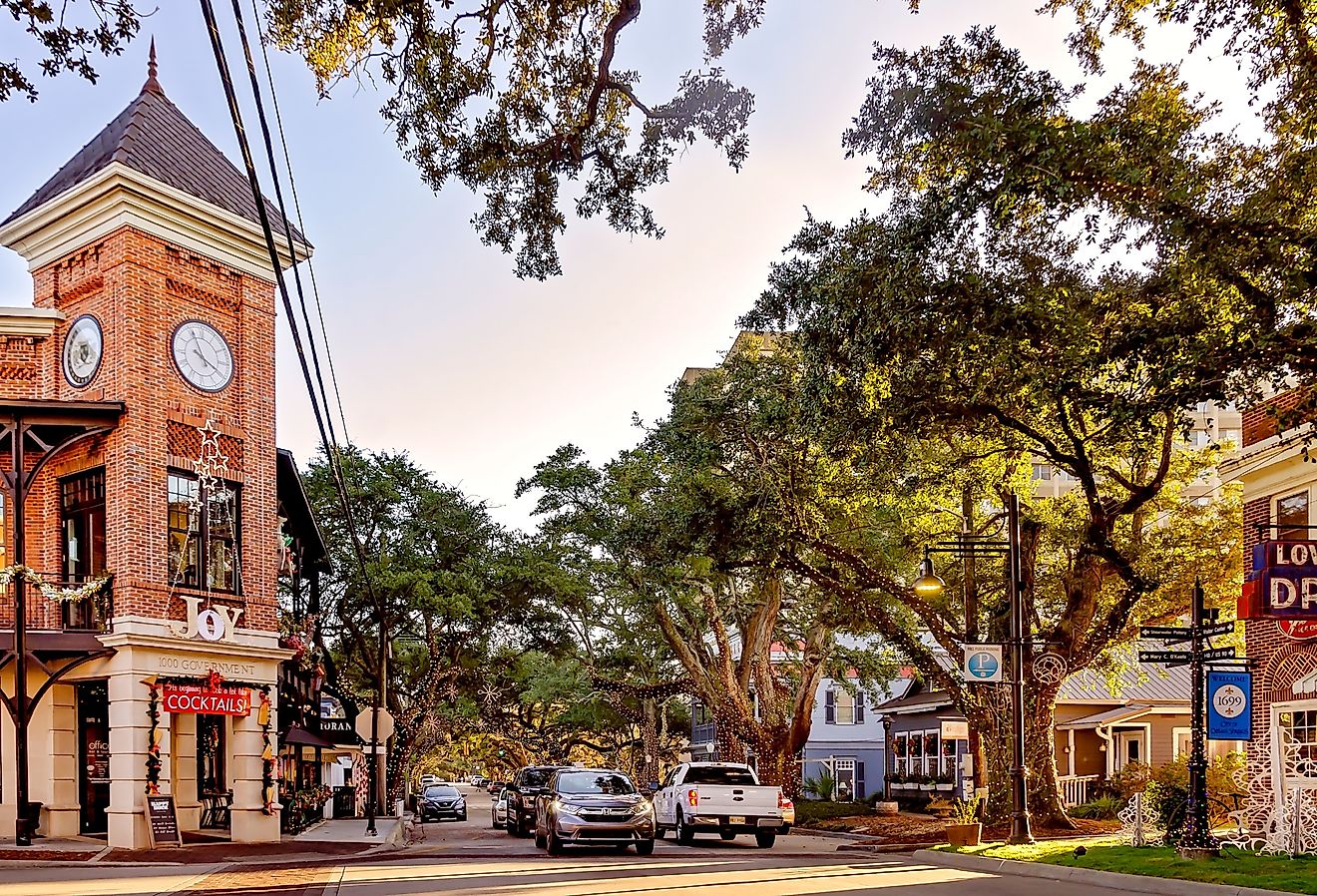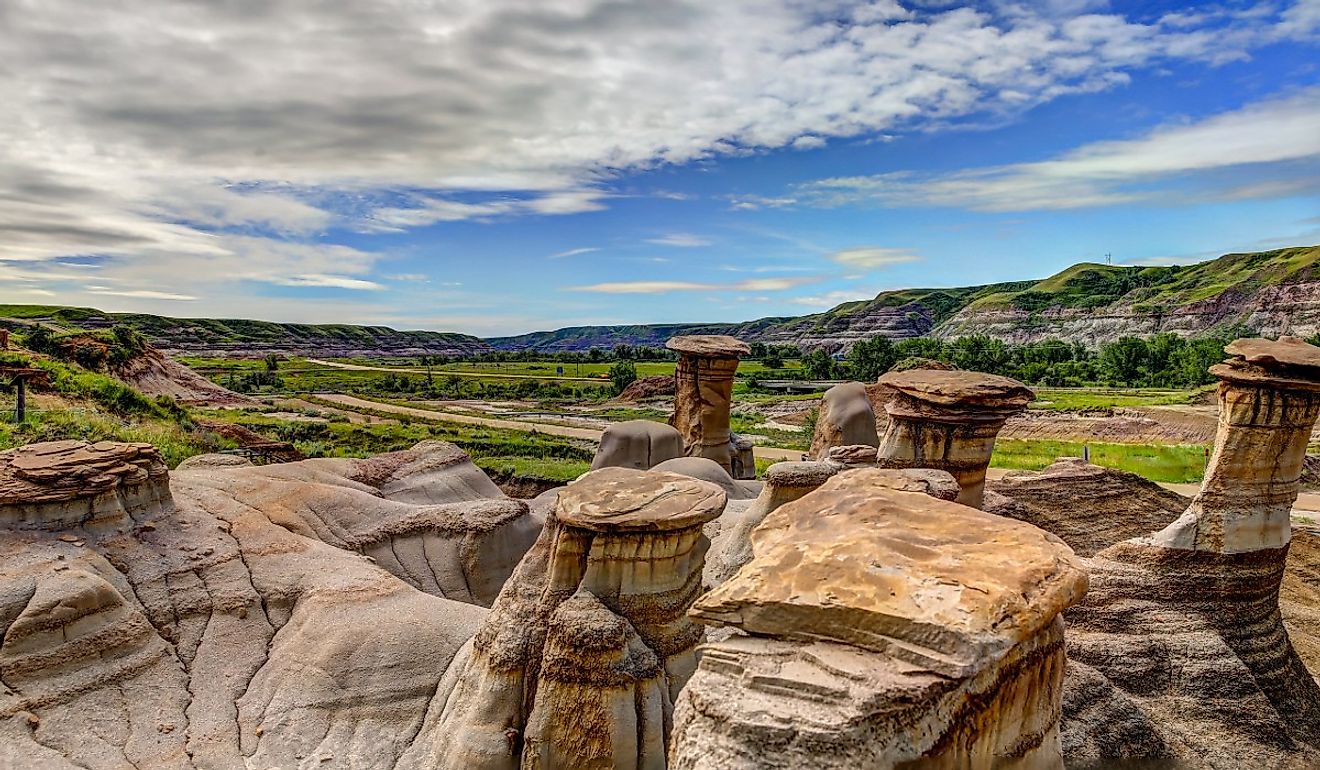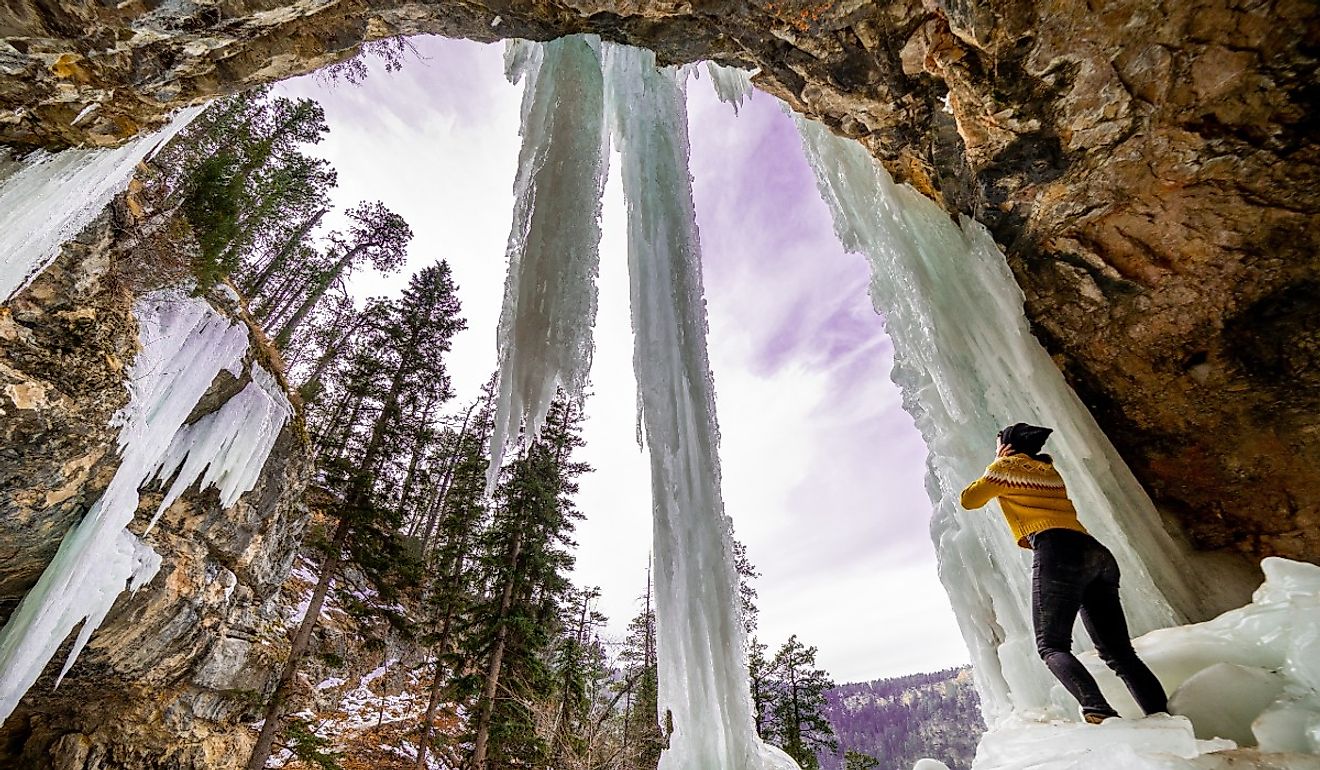
6 Bizarrely Named Towns In South Dakota
Did you know that South Dakota takes its name from the Sioux Indian word for ‘allies’? Or that its state capital, Pierre, is named for the 19th-century fur trader Pierre Chouteau Jr? We rarely think about place names, but they are an important marker of history, providing clues to an area’s traditions, cultures, and story. There are lots of fascinating stories behind these bizarrely named towns in South Dakota which are just as fun and quirky as their names.
De Smet
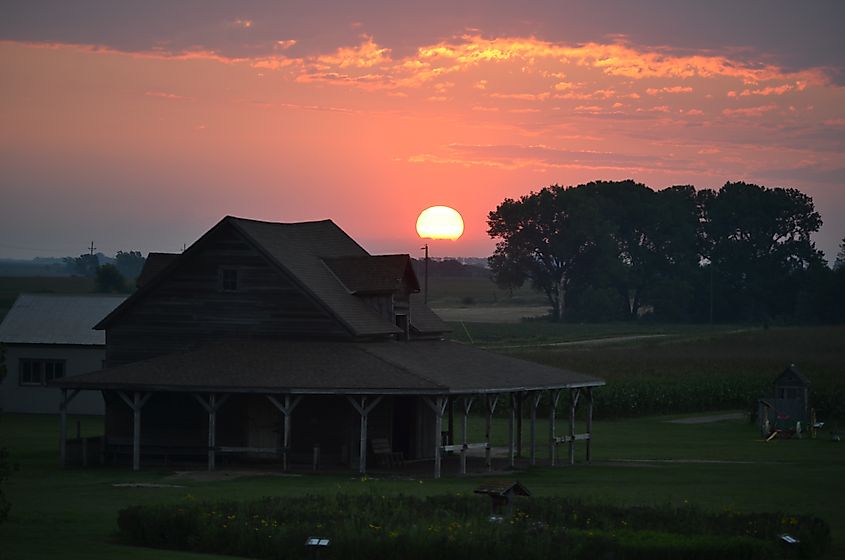
De Smet in eastern South Dakota is the original little town on the prairie, the hometown of the author Laura Ingalls Wilder whose family was one of the first residents. Settled in 1879, De Smet takes its unique name from a Belgian Jesuit missionary, Pierre-Jean de Smet, who worked as a mediator in the settlements between the government and the Indian tribes west of the Mississippi River.
You can travel back to the days of Ingalls Wilder and De Smet at the Ingalls Homestead, a living history museum with period homes, interactive exhibits, and a one-room schoolhouse. Visit the Depot Museum in town for more glimpses of prairie life at the turn of the century, browsing local artifacts, a wildlife display, and vintage memorabilia from the town’s early days.
If you have the time, take a trip to nearby Silver Lake, a beautiful pothole lake formed by melting glaciers. The lake has a scenic walking trail and is a popular spot for picnickers and birdwatchers.
Lead
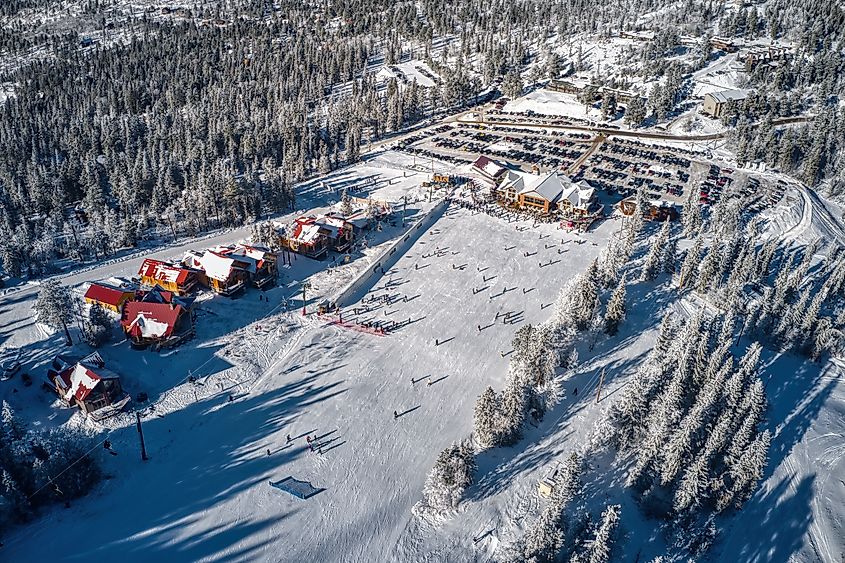
Lead, pronounced ‘leed’, began as a mining town and takes its name from the term for a ledge of ore. Lead was also the headquarters of the Homestake Mine, discovered in 1876 and operated until 2001, making it the longest-running mine in the Western Hemisphere.
Check out the Black Hills Mining Museum to learn more about how the town got its start, as well as the tumultuous history of the booming Black Hills area. At the Sanford Lab Homestake Visitor Center, you can peek at the fascinating work at their Underground Research Facility, which mines the secrets of the earth. This sounds spooky but actually includes interactive exhibits, an observation deck, and a virtual cage ride deep into the historic mine, making this a great family day out. If you’d rather explore above ground, enjoy the beautiful scenery of the Black Hills along the 110-mile Mickelson Trail or ski Terry Peak resort.
Spearfish
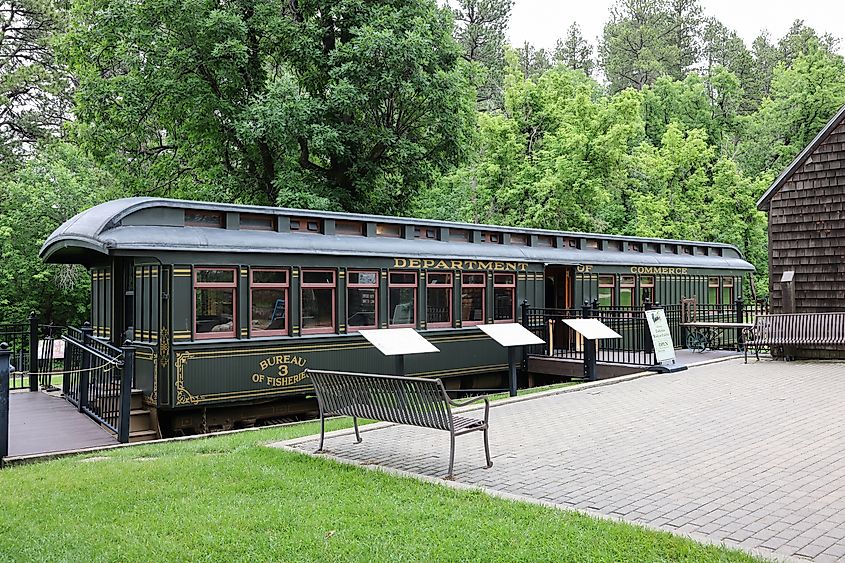
It’s easy to work out how Spearfish, in the northern Black Hills, got its name. One big clue is Spearfish Creek, which runs through the city. This creek was once a vital source of nutrition for Indigenous people.
Today, the town is known for its outdoor recreation and, yes, fish. The D.C. Booth National Historic Fish Hatchery is one of Spearfish’s most popular attractions, offering 10 acres of ponds, water systems, and historic buildings to explore, as well as exhibits like the Rail Car, the Yellowstone Boat, and underwater viewing windows.
If you’re a hiker, you’ll love the trails around Spearfish. Particularly the trek up to Crow Peak, a 3.5-mile climb up to the 5,780ft summit. For a more accessible hike, wander the waterfalls. Bridal Veil Falls is a beautiful 60-foot cascade, while Roughlock Falls in Spearfish Canyon is perfect for bird watching, wildlife viewing, fishing, and picnicking.
Philip

Buffalo are a big deal in South Dakota, so it’s no wonder that ‘the man who saved the buffalo’ should have a town named after him. In 1881, James “Scotty” Philip had a ranch east of the town that now has his name. He dedicated himself to conserving the dwindling local bison population and, by the time of his death in 1911, had around a thousand in his herd.
Today, the biggest attraction in Philip isn’t the buffalo, it’s the Minuteman Missile National Historic Site where nuclear missiles were kept on alert during the Cold War arms race. Take a tour of the Delta-01 Launch Control Facility and go underground to see the launch control center.
While in town, it’s also worth taking a trip to the Prairie Homestead at the northeast entrance to the Badlands National Park. Built in 1909, the farmstead is listed on the National Register of Historic Places and features tour guides dressed in period clothing, a visitor center, farm animals, and a gift shop.
Don’t leave Philip without saying “hi” to its record-breaking resident, the world’s largest prairie dog sculpture. Standing at a towering 12ft tall, the colorful dog greets visitors outside the Ranch Store. Look out for the nearby colony of real-life dogs who love to take peanuts from friendly tourists.
Vermillion
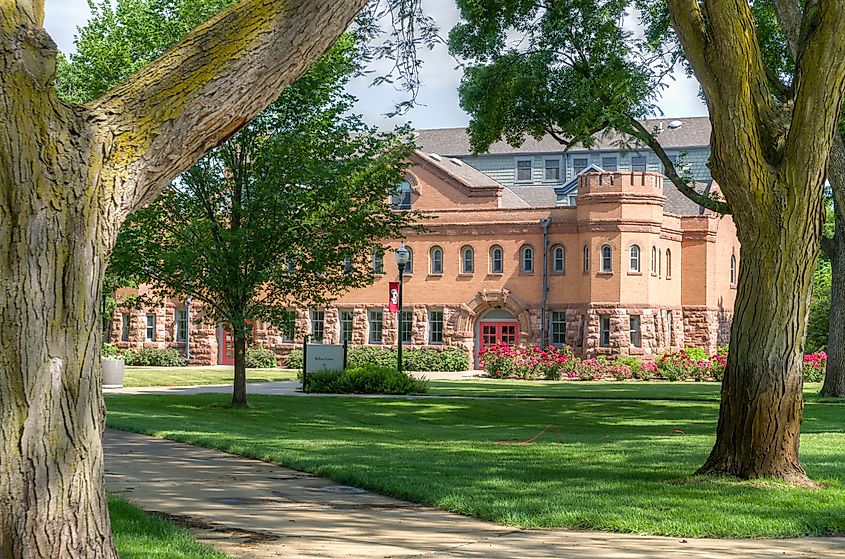
Overlooking the Missouri River, Vermillion takes its name from the Sioux word for ‘red stream’. That natural beauty is still evident. The famous explorers Lewis and Clark came through the town on their expedition. You can follow in their footsteps, as well as those of the Sioux, by hiking to the top of Spirit Mound Historic Prairie to enjoy captivating views over the Bluffs. Head to Clay County Park for more incredible scenery and opportunities to hike, fish, boat, and picnic.
Music fans will love the National Music Museum, which contains over 15,000 instruments, including celebrity guitars, priceless violins, and traditional instruments such as the didgeridoo.
Founded in 1873, Vermillion is a historic town with a charming downtown that’s listed in the National Register of Historic Places. Visit the Austin-Whittemore House, an Italian villa-style home built in 1881 that houses the Clay County Historical Museum. The property contains Victorian furnishings, local history exhibits, and displays.
Belle Fourche
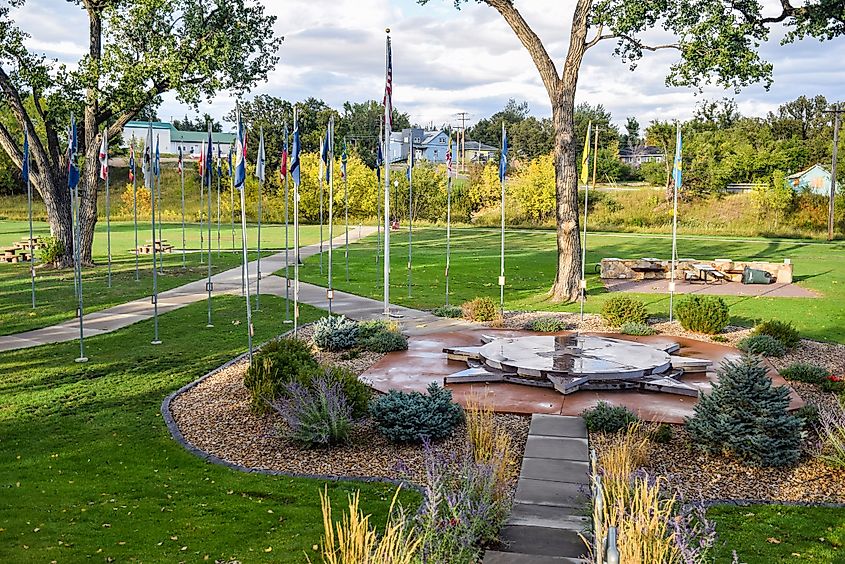
The prettily-named Belle Fourche is translated from the French to ‘beautiful fork’. The fork in question is the confluence of Hay Creek, Redwater River, and the Belle Fourche River. Beginning life as a fur trading post, the town is now a vibrant community known as the gateway to the Black Hills.
Visit the Tri-State Museum and Visitor Center to browse local artifacts and see evolving exhibits related to the town and area's history. Next to the museum is the Center of the Nation Monument, which commemorates Belle Fourche’s unique position as the geographic center of the United States.
The Rocky Point Recreation Area is located around the Belle Fourche Dam, created in 1911. Now a state park, the site is open for camping, archery, biking, bird watching, boating, canoeing, and fishing. Anglers can expect to catch walleye, bass, perch, catfish, and tiger muskie if they’re lucky.
Unusual Names, Warm Welcomes
Home to cowboys, Wild West wanderers, native tribes, European settlers, American entrepreneurs, and eager prospectors, South Dakota has a unique spirit shaped by many different influences. You can see that history on the streets and in the names of its inviting small towns where locals are proud to celebrate their heritage. From peace-making missionaries to early conservationists; and from Sioux tribes to French fur trappers, the people who built South Dakota have definitely left their mark. Whether you’re planning a roadtrip through the Badlands and Black Hills, or picking a spot for a serene weekend getaway, look out for these unusual names and be sure to put them on your South Dakota bucket list.
